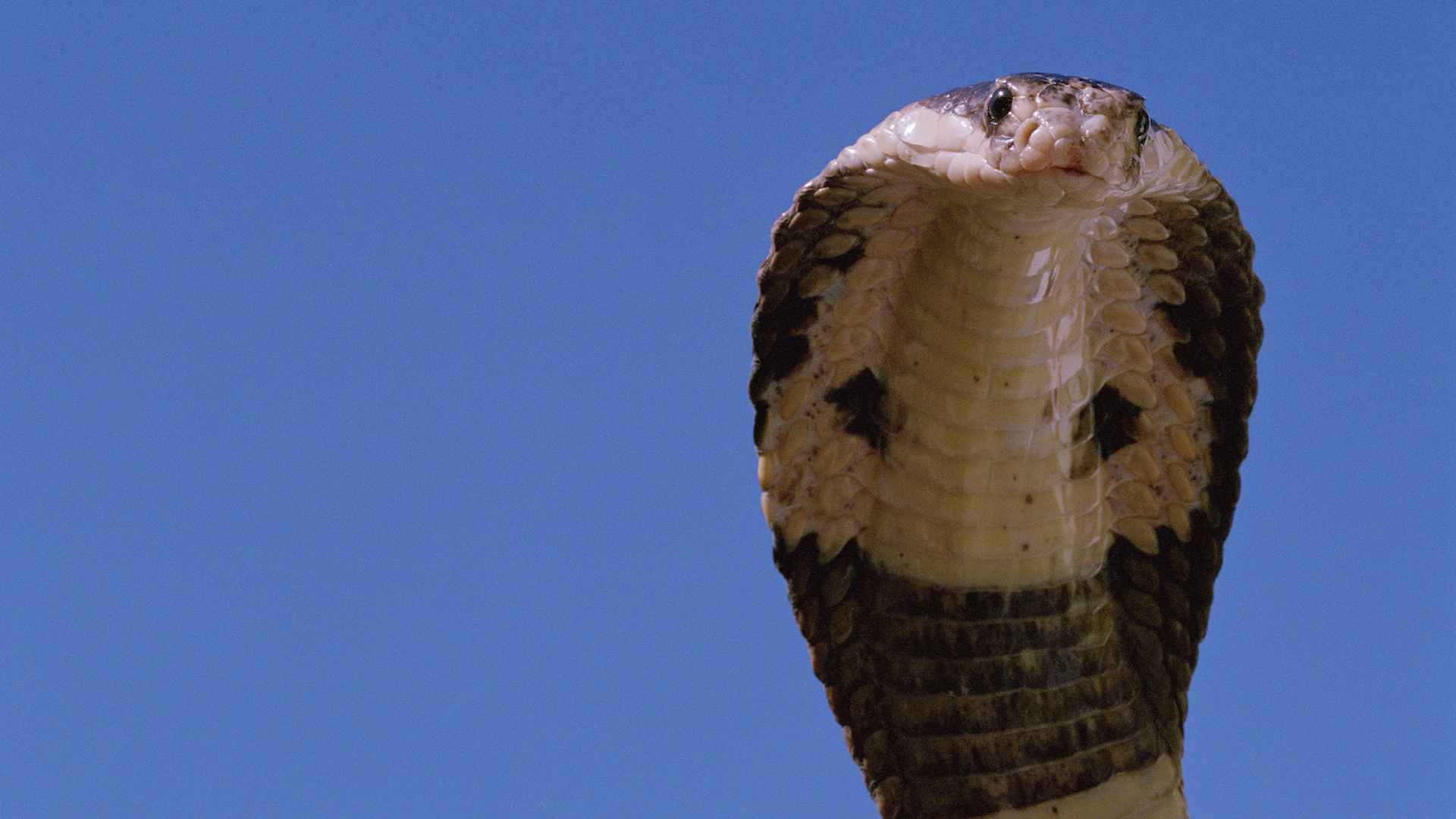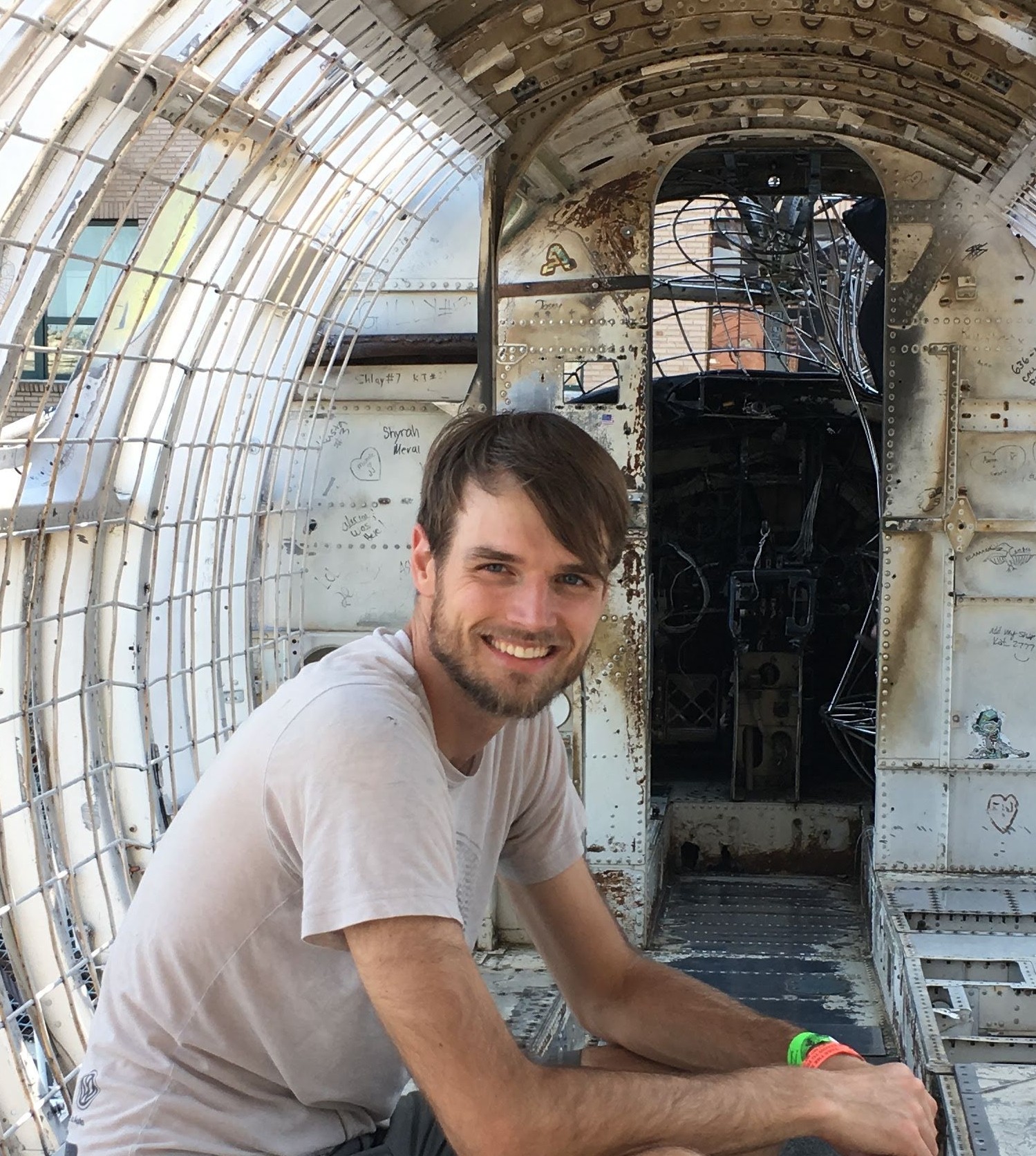Surprise! King cobra is actually a royal lineage of 4 species
The venomous snakes' royal domain extends across the Asian tropics.

The imposing king cobra (Ophiophagus hannah), instantly recognizable by its flaring hood, is the world's biggest venomous snake and can grow to reach nearly 13 feet (4 meters) long. It inhabits a sizable kingdom across the Asian tropics, stretching from Indonesia to India. However, new research reveals that the king cobra’s massive domain is not ruled by just one species; rather, there are four distinct species of king cobra.
The four proposed species (which are yet to be officially named) are the Western Ghats lineage in southwestern India; the Indo-Chinese lineage in Indonesia and western China; the Indo-Malayan lineage spanning India and Malaysia; and the Luzon Island lineage, found in the Philippines.
"The existence of multiple species of the king cobra is surprising because they look similar, share similar habitats, display similar behavior," Kartik Shanker, co-author of the new study and an evolutionary ecologist at the Indian Institute of Science in Bangalore, told Telegraph India. Despite their similarities, the cobras found in this vast geographic range have some physical differences. For example, adult cobras in Thailand have roughly 70 bright, off-white ring markings on their bodies, while cobras in the Philippines only have a few dull rings.
The snakes demonstrate regional differences in their behaviors, too. The king cobra is the only snake species to gather material and build nests for its eggs, but the eggs in that nest might be treated differently depending on the region. In some regions, the mother slithers off after laying the eggs, while in other places, she might incubate them in the same way a bird would.
Related: 10 of the world's deadliest snakes
But it’s not just physical and behavioral differences that separate these four cobra lineages; the researchers also needed to know if the king cobra populations were genetically different. Gathering such data on the world's biggest venomous snake was a challenging task. Biologist P. Gowri Shankar, lead study author and a king cobra expert at the Kālinga Centre for Rainforest Ecology in Karnataka, India, spent years tromping through tropical jungles in search of snakes that could be trapped and studied.
"If it’s a frog, if it's a turtle, it would have been easier," Shankar told National Geographic. "The king cobra is a different story."
Sign up for the Live Science daily newsletter now
Get the world’s most fascinating discoveries delivered straight to your inbox.
Eventually, his team was able to gather enough genetic material to analyze DNA from 62 king cobra specimens found throughout the ranges of the population variants. The researchers gathered scales from live snakes and collected muscle tissue from dead snakes that were discovered as roadkill. The scientists even recovered DNA from long-dead museum specimens.
Initially, the study authors looked at mitochondrial genes, which are passed from mother to offspring, and they identified four distinct lineages. They then looked at differences in nuclear DNA — the DNA contained in each cell nucleus — between the four candidate lineages. The researchers found that the four lineages were not regional variants of one species, but were instead genetically separate from one another.
"The overlap of genetic diversity with separate geographic regions suggests the species have been evolving separately without any gene flow between them," Shankar told Telegraph India. "The findings have implications for the conservation of these species."
The king cobra is currently listed as "vulnerable" by the International Union for the Conservation of Nature (IUCN), but dividing the group into multiple species will likely force a reexamination of this status, the authors said.
This research was published September 2021 in the journal Molecular Phylogenetics and Evolution.
Originally published on Live Science.

Cameron Duke is a contributing writer for Live Science who mainly covers life sciences. He also writes for New Scientist as well as MinuteEarth and Discovery's Curiosity Daily Podcast. He holds a master's degree in animal behavior from Western Carolina University and is an adjunct instructor at the University of Northern Colorado, teaching biology.









